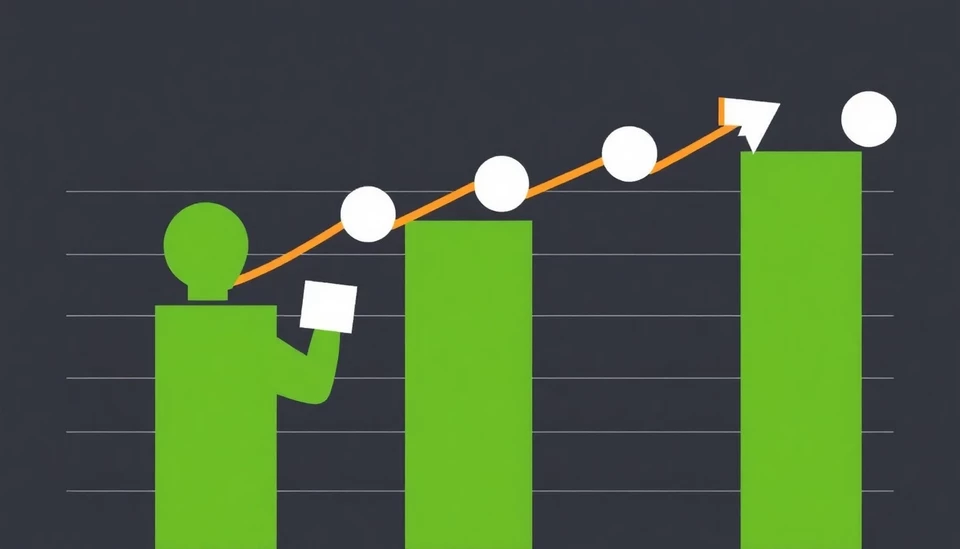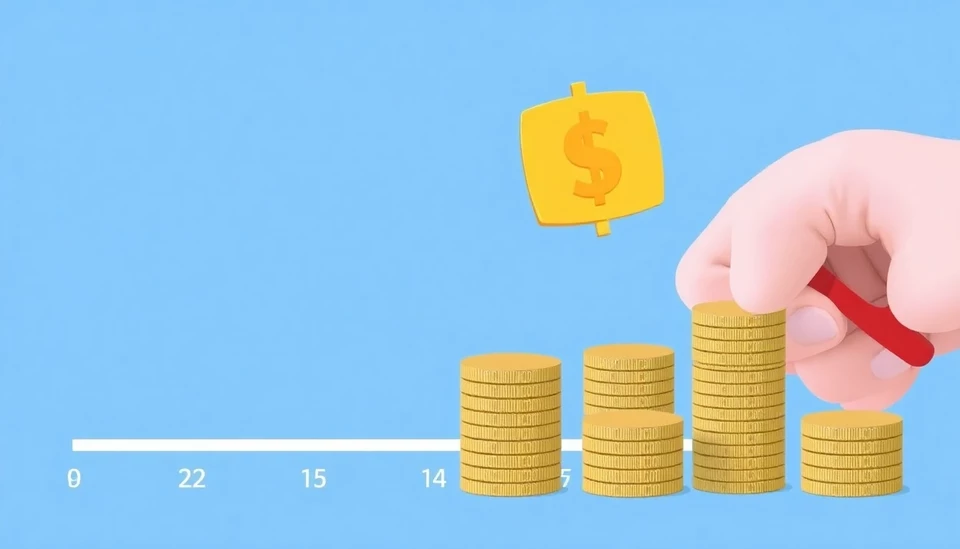
In a surprising turn of events for the U.S. economy, the Labor Department has reported a modest rise in labor costs, rising by just 0.5% in the last quarter of 2024. This increase represents the smallest year-over-year jump since early 2021, a sign that wage pressures may be easing amidst a cooling labor market. Analysts had previously projected a steeper increase of approximately 0.7%.
The report, which encompasses several key economic indicators, highlighted that overall employment expenses — which include wages, salaries, and benefits — have experienced a gradual deceleration. This trend comes as a keen point of interest since labor costs have been contributing to inflationary pressures nationwide.
Many economists are closely monitoring these developments for potential implications on monetary policy. With the Federal Reserve still on alert over inflation trends, a notable slowdown in labor cost growth could incentivize a more cautious approach when it comes to future interest rate hikes. The Fed's recent strategy has been to combat rising costs while promoting stable economic growth, and signals of moderation in labor expenses may align well with their current goals.
Despite this notable easing in labor costs, it’s important to contextualize it within the broader economic landscape. The average hourly earnings for private sector employees increased by 4.3% over the past year, down from much higher spikes previously recorded during the economic recovery phase. This stabilization reflects a more balanced equilibrium as businesses recalibrate following the impacts of the pandemic and ongoing economic shifts.
Furthermore, figures from the Bureau of Labor Statistics indicate that benefits costs, which represent a significant portion of total labor expenditures, rose by a manageable 0.4% in the last quarter. These costs add another dimension to understanding the overall landscape of employee compensation and are crucial to tracking changes in purchasing power for American families.
In light of the current data, it's becoming increasingly clear that businesses may be gaining better control over their payroll expenditures. Improved productivity and a larger labor pool, bolstered by ongoing shifts in the job market, could foster an environment where companies can manage costs without sacrificing employee wages significantly.
As we advance into 2025, the economic implications of these trends will unfold, and policymakers will need to stay alert to labor market dynamics that directly affect inflation rates. The Federal Reserve's forthcoming meetings will undoubtedly focus intently on these labor costs, as any further changes could lead to adjustments in monetary policy that impact economic growth.
In summary, the uptick in labor costs is modest compared to previous quarters, providing a glimmer of hope that the relentless rise in expenses may be starting to stabilize. As businesses seek efficiency in a changing landscape, employees and policymakers will be watching closely to gauge how these shifts affect the overall health of the U.S. economy.
#LaborCosts #USEconomy #Inflation #FederalReserve #Employment #Wages #EconomicTrends
Author: Daniel Foster


